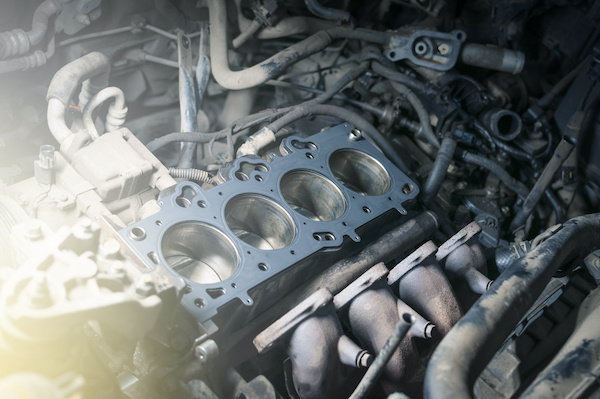
A head gasket, positioned between the cylinder head and engine block, is a barrier preventing engine fluids from being leaked into the cylinders. It's designed to keep fluids away from each other. Due to its placement, a head gasket comes into contact with extreme temperatures. This is why, over time, it can start to leak. The temperatures can cause marks on the surface which can cause a blown head gasket.
There are signs and symptoms to look for if you suspect a blown head gasket which will lead to a leak. It might be as obvious as leaks you can see or misfiring cylinders. You can also look to your exhaust fumes to give you a clue about your head gaskets. When you start up your car, do you see white or blue exhaust smoke? Smoke is never a good sign, and you need to be aware if your car is overheating. You might have bubbling in your radiator or find that you are losing coolant without seeing any leaks because often signs of a head gasket leak are subtle.
One to look for is discolored fluids which happen as a result of fluids mixing together. None of the fluids in your car should ever come into contact with each other. One way you can know for sure that you have a head gasket leak is if you see leaking coolant along the gasket surface.
If your car hasn't been running right lately, you need to get it checked out. If you've seen any of the signs and symptoms of a head gasket leak, it's something you need to get checked out sooner rather than later. If you have a leaky head gasket and need it repaired, we invite you to bring your vehicle to Future Auto Service today.